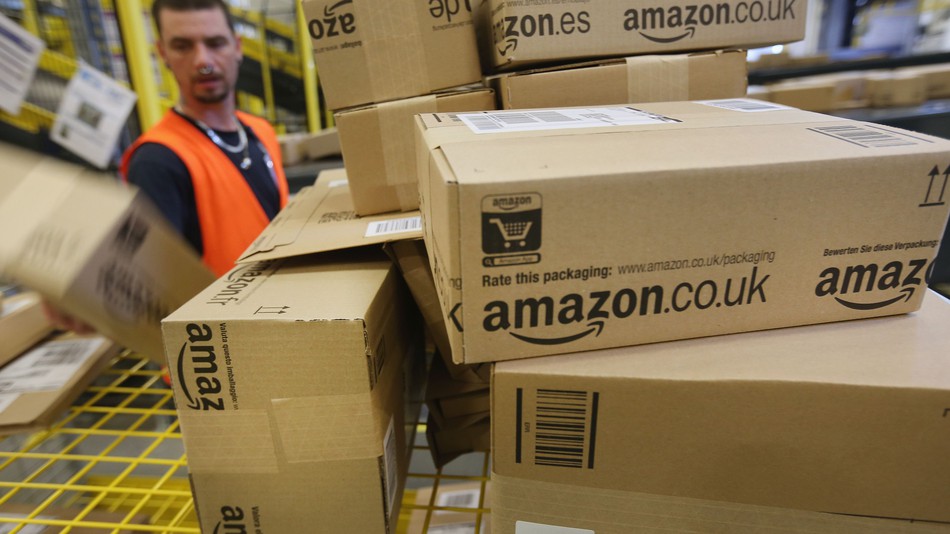Amazon has launched a social network… of sorts.
The online shopping giant’s latest app feature, called Amazon Spark, is an Instagram-like feed of shoppable photos posted by Prime members. Users can react to the content with “smiles” (Amazon’s version of a “like”) and comment or tap an icon embedded in the photo to visit the product pages of the items being discussed.
Most of the posts resemble those of any other social network. There’s news stories, updates about people’s days and random musings. The only difference is that each of the sentiments is usually tied in some way to one or more Amazon products.
Posts are organized into categories like “books,” “humor,” and “camping”—most of which match Amazon’s product classification—and users can filter what they see according to their interests.



The feed seems to be Amazon’s latest stab at bolstering a problem that’s never been the company’s strong suit: “discoverability.”f That’s the industry’s jargon-y way of saying that when a company aims to be a so-called “everything store,” it can be hard for customers to simply browse the virtual aisles or find products they didn’t know they were looking for among a sometimes overwhelming sea of options.
Amazon’s launched a few other recent efforts towards this end, including a curated section within its app called “Interesting finds” and a program that helps influencers set up their own stores within the site for a commission.
It also comes as massive digital platforms like Facebook (and Facebook-owned Instagram) and Google are investing heavily in finding ways to drive people to shop on their sites. As you might expect, the transition between browsing Spark posts and actually buying what they feature is a lot smoother than that of other social network’s “buy” buttons, which serve the same purpose.
That ease is one of the reasons that analysts consider Amazon’s recent moves to boost its relatively small advertising business a serious threat to the online ads duopoly of Facebook and Google. People are increasingly turning to Amazon’s search, rather than Google, when they want to research products and that could be a big problem for Google.
Amazon Spark may just be a novelty feature within its app for now, but it represents the increasing emphasis the company is now placing on the sharing, product research, and discovery part of the shopping experience.
Amazon Spark is currently only available on mobile (you can find it in the “programs and features” section of the app) and while anyone can browse the feed, only Prime members can post.
BY PATRICK KULP

